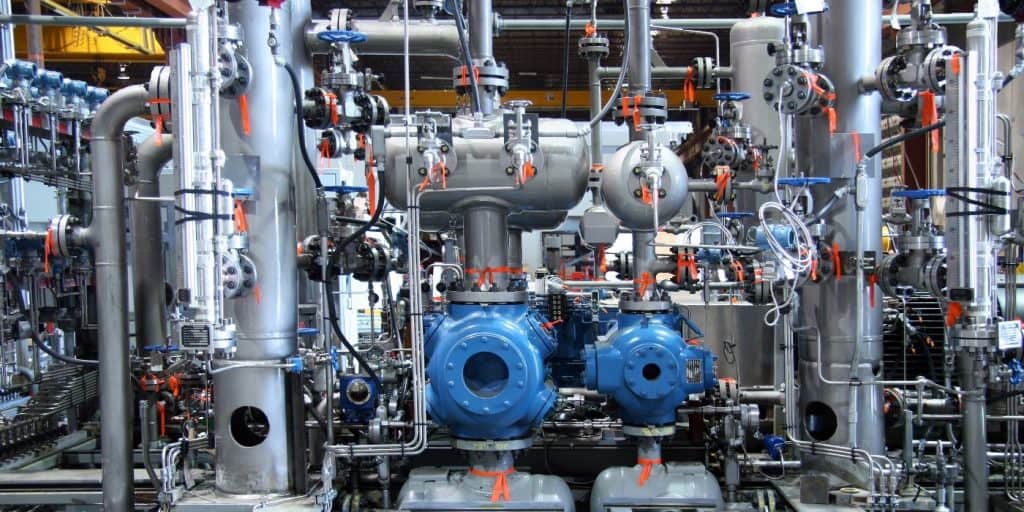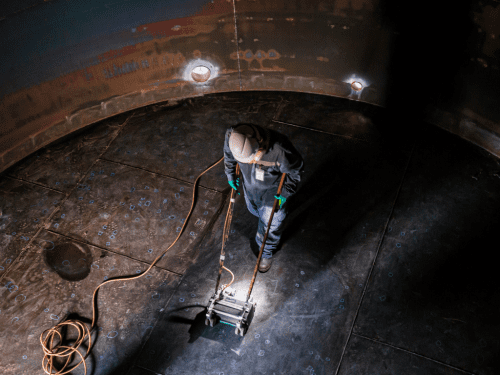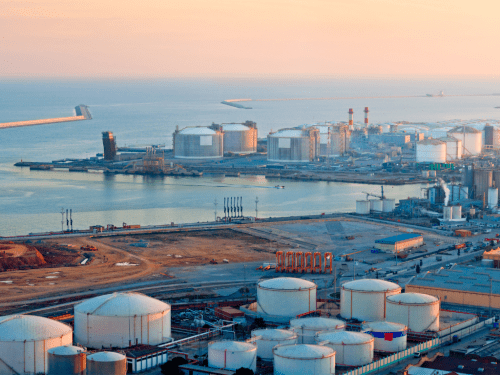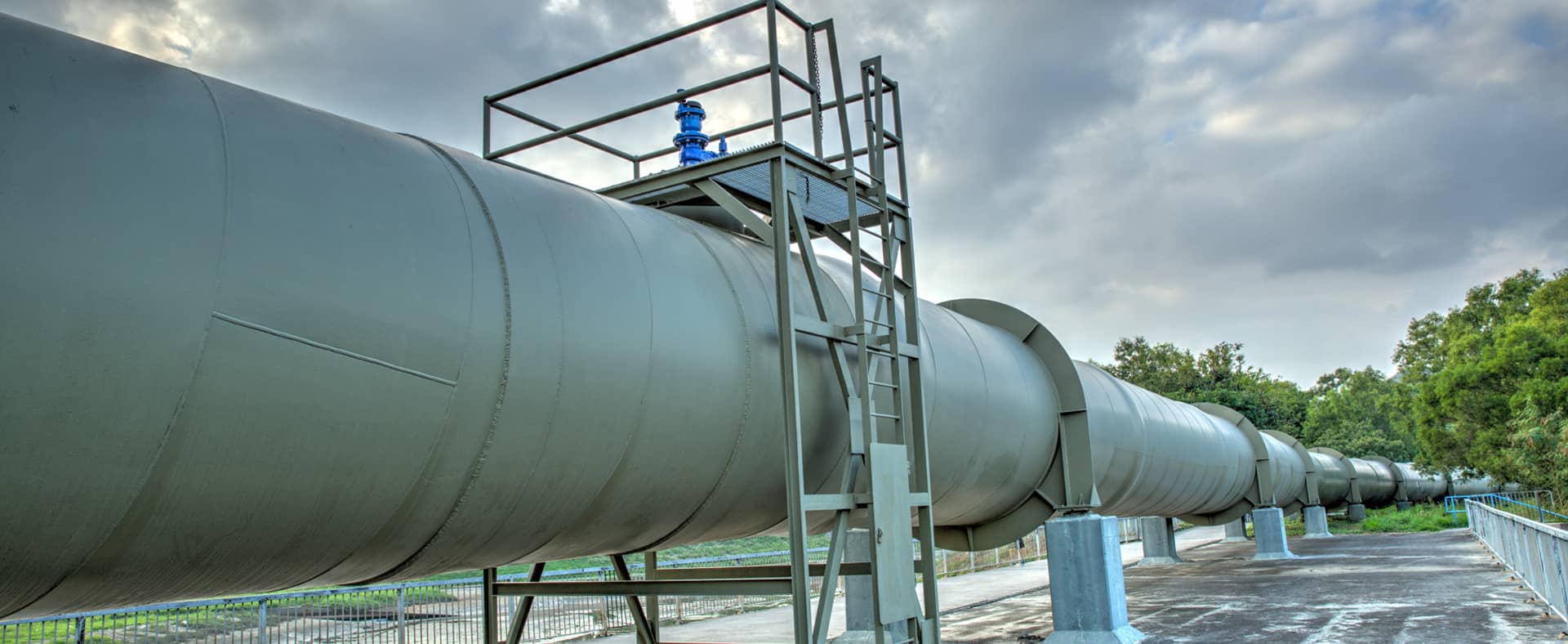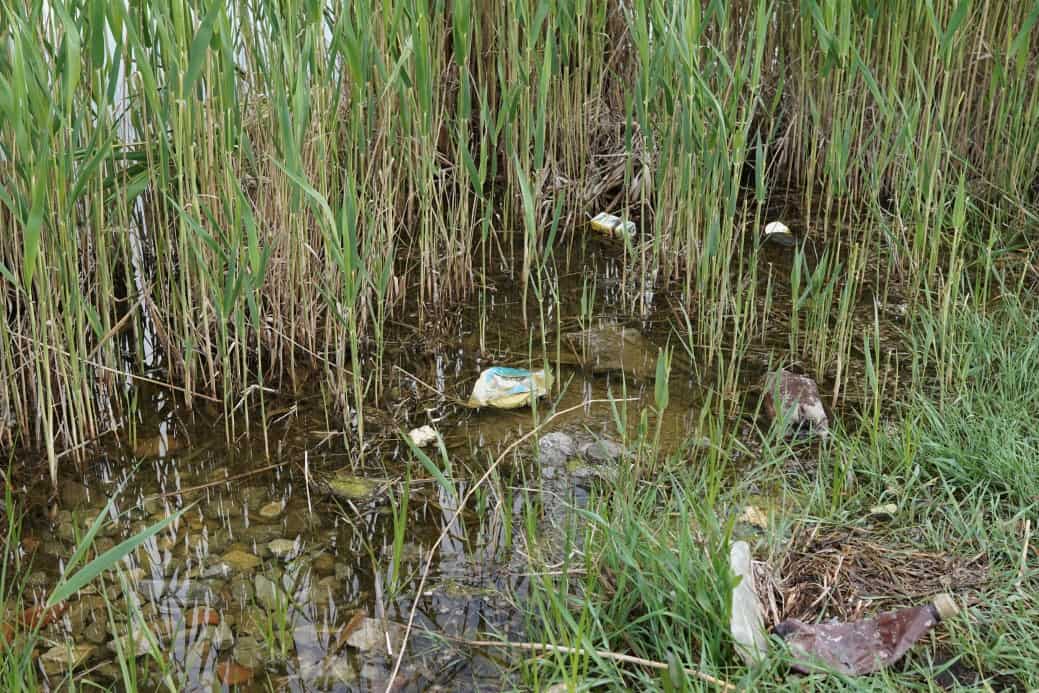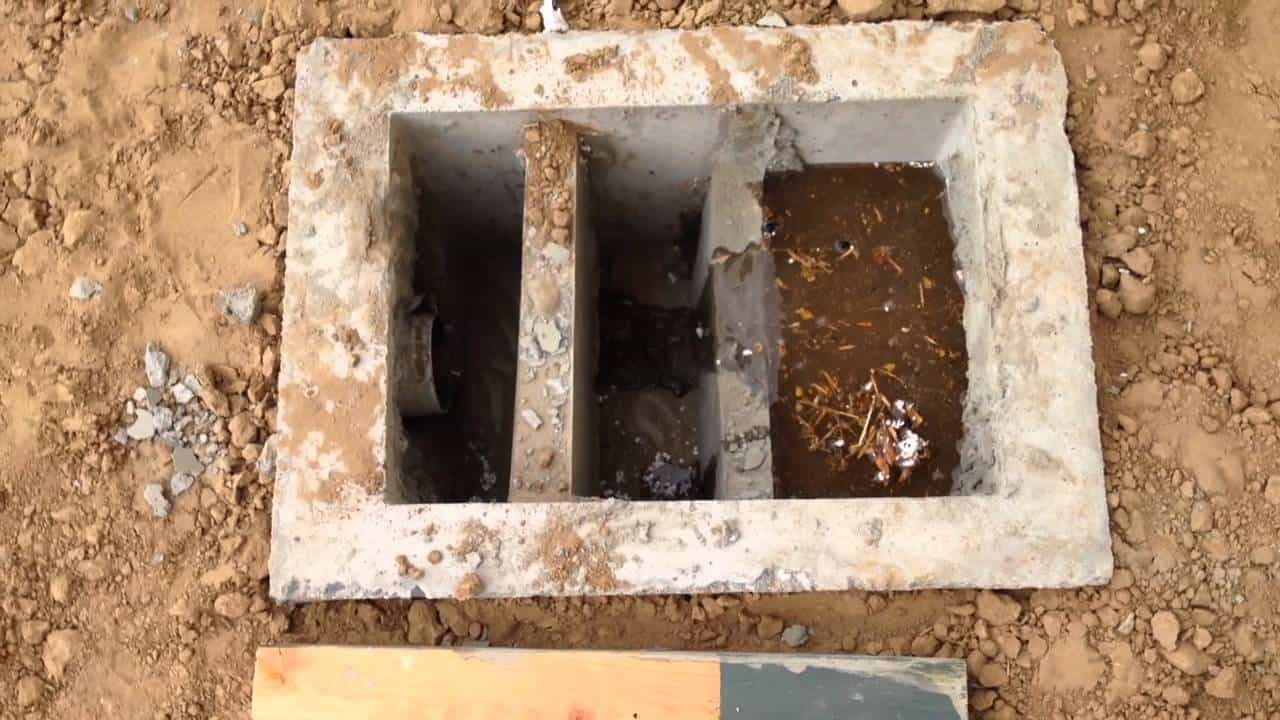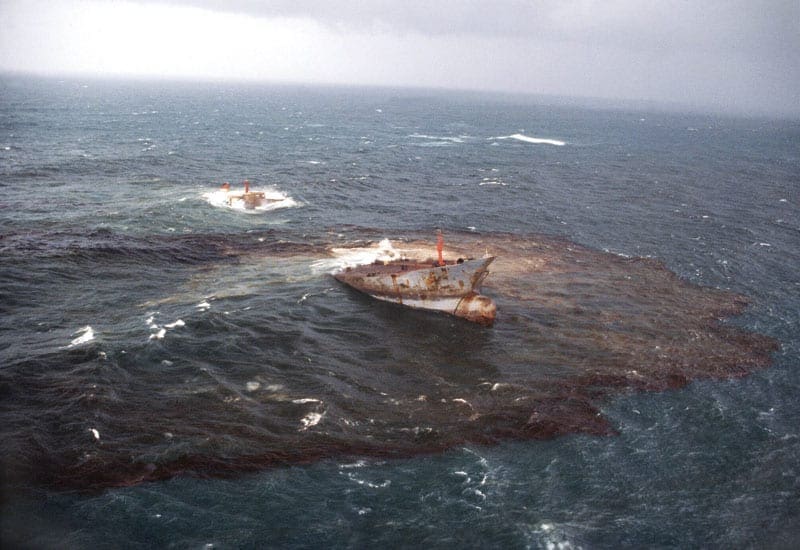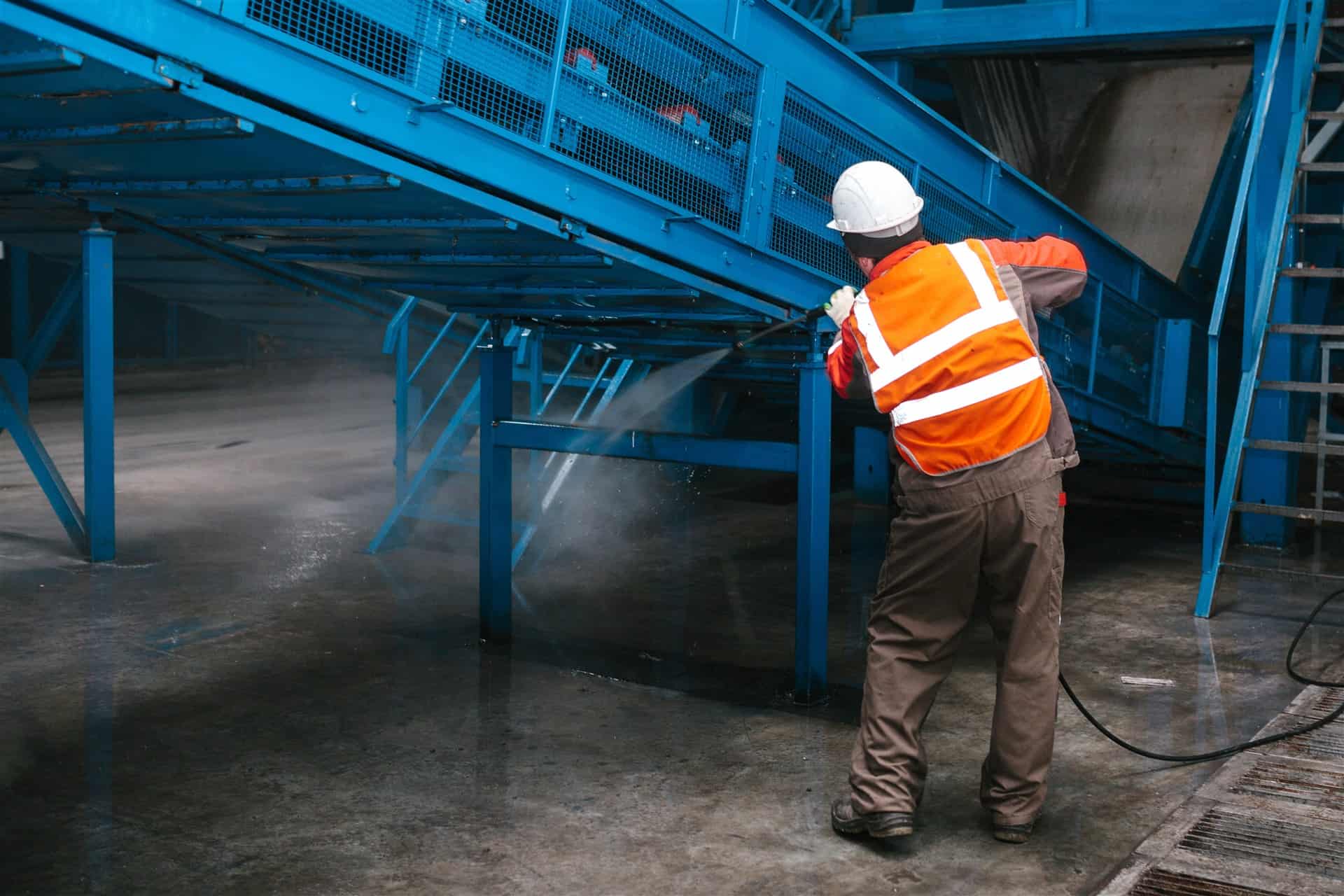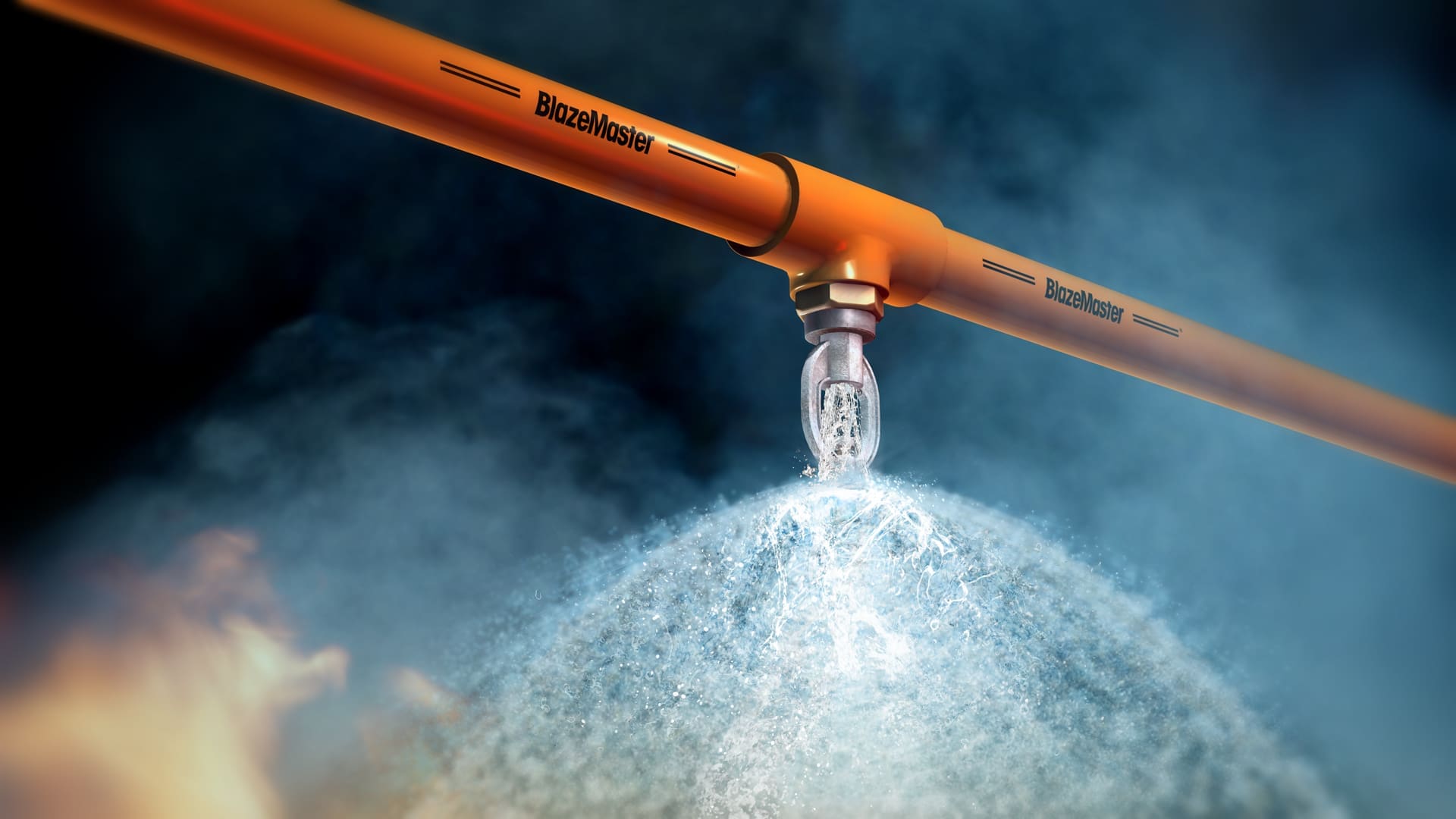
Degassing Application with AQUAQUICK 2000
Efficient and Convenient Solutions for Degassing with AQUAQUICK 2000
The degassing process, essential in numerous industries, can be significantly enhanced using AQUAQUICK 2000. This section delves into the efficiency of ultrasonic degassing and elucidates why AQUAQUICK 2000 is the preferred choice for this application.
Ultrasonic Degassing: A Technological Leap
Degassing through ultrasonication is a cutting-edge method where sound waves efficiently remove suspended gas bubbles and reduce dissolved gas levels. The process is crucial for various applications:
- Sample Preparation: Ensures accuracy in particle-size measurements by eliminating errors caused by gas bubbles.
- Oil and Lubricant Degassing: Reduces wear on pumps due to cavitation by removing gases before pumping.
- Liquid Foods Processing: In products like wine, juice, and sauces, degassing inhibits microbial growth, extending shelf life.
- Polymers and Varnishes: Critical for curing and application processes, ensuring the quality and longevity of the final product.
While traditional degassing methods like filtering, helium sparging, and vacuum degassing are effective, their efficiency can be significantly boosted when combined with a suitable solvent.
AQUAQUICK 2000: Enhancing Degassing Efficiency
AQUAQUICK 2000 stands out as an ideal solvent for degassing. Its unique formulation enhances the ultrasonic degassing process, making it more effective and efficient.
Application in Degassing
- Sprinkler System Integration: AQUAQUICK 2000 can be applied via a sprinkler system in pre-wash stages, effectively preparing the area for degassing.
- Vacuum Degassing: Works exceptionally well with vacuum degassing techniques, removing over 95% of dissolved gases.
The Science of Sonication in Degassing
During sonication, sound waves create high and low-pressure cycles in the liquid. In low-pressure cycles, vacuum bubbles form, increasing the surface area for gas absorption. This phenomenon accelerates the growth of bubbles and their subsequent release to the surface, expelling the trapped gas.
Optimizing the Degassing Process
To maximize the efficiency of ultrasonic degassing, consider the following:
- Minimize turbulent agitation to prevent gas reintroduction.
- Use shallow containers for effective sound wave propagation.
- Heat the liquid to lower gas solubility.
- Create a vacuum above the liquid to facilitate gas escape.
- Use sonotrodes with large surface areas for better wave transmission.
- Apply low to moderate amplitudes for optimal bubble formation.
AQUAQUICK 2000 in Tank Cleaning
AQUAQUICK 2000’s versatility extends to tank cleaning applications. Its proven effectiveness in degassing makes it an invaluable tool in preparation for tank cleaning processes. Numerous successful deployments in tank cleaning projects attest to its efficacy and convenience.
Conclusion: The Superior Choice for Degassing
AQUAQUICK 2000’s integration into the degassing process not only simplifies the operation but also ensures superior results. Its compatibility with various degassing methods, coupled with its environmental safety and efficacy, makes AQUAQUICK 2000 the go-to solution for industries seeking efficient and convenient degassing solutions. The product’s versatility and proven track record in enhancing degassing processes underscore its status as the number one choice in the market.


